PRIMA WETCAST AUTOMATION SYSTEMS
The Prima wet cast production automation system is a cutting-edge production management system that provides extremely high efficiency in wet cast production. It allows you to monitor, measure, analyze and optimize your processes, enabling your plant to operate far more efficiently than a plant operating in a traditional configuration.
Prima is a fully automated system from Afinitas that allows manufacturers to organize successive production stations in a way that allows real-time performance tracking and measurement.
What products can be produced with the Prima wet cast system?
With the Prima system it is possible to produce a wide range of concrete products, including pipes, blocks, manholes and rings. The Prima system can also be used to produce any non-standard precast concrete products, including landscaping products, concrete blocks and retaining walls.
It is an ideal system for any application where wet-cast products are being developed.
Key advantages of Prima wet cast automation
Full automation of precast concrete production processes has several key advantages. The Prima system is designed to make the production line more efficient and safe, as well as better organized.
How can a fully automated precast production system help your business? Read what benefits you can gain from implementing the PRIMA system:
◎ Reduce labor and increase productivity:
In contrast to many wet casting plants where molds stand still on the floor, Prima introduces a system where molds automatically circulate in a loop between specialized workstations. These workstations divide the process into steps, such as unmolding, cleaning and oiling the molds, reinforcing, filling the molds and finally curing.
These specialized workstations, created in accordance with the principles of the lean manufacturing concept, enable faster process execution by eliminating unnecessary tasks. As a result, labor requirements are significantly reduced.
◎ Prima workstation operations:
When all operations at a given workstation are completed, the workstation is reported as "ready" in the Prima system, and operators can move on to other workstations. Once all workstations report "ready" status, the molds move one position forward on the assembly line for the next operation.
This linear process offers a significant increase in productivity compared to other wet cast systems on the market.
◎ Tracking of production parameters
The RFID marking system uniquely identifies the mold and tracks its status, providing information on process time, reinforcement and fill requirements.
The Prima wetcast automation system allows operators to prepare and efficiently perform the necessary operations for each mold. Since each workstation must confirm the completion of the operation, the Prima system tracks the time it takes to complete each mold. This feedback reveals critical bottlenecks and gives the manager information which enables further improvement of production processes.
In fact, team members can manage the process with piece-by-piece accuracy.
Prima also offers a real-time production tracking screen in the plant,so operators know immediately if a job is behind schedule and can take appropriate action to bring it back on track.
◎ Improving plant safety:
The Prima wet cast automation system is fully compliant with safety requirements and significantly improves safety compared to traditional wetcast production solutions.
Prima eliminates the need for forklifts in the production area, and there is no need to transport products or buckets with concrete overhead.
In addition, specialized workstations can be ergonomically designed (for example, with counterweights that eliminate the need to use force for handling heavy tools in awkward positions). The result is a safer and more productive work environment.
◎ Simplifying production planning:
When scheduling production for the day, the Prima system provides access to all historical data on the relevant wetcast molds.
The production manager can analyze demand for concrete and manpower throughout the day and coordinate the queue accordingly to optimize throughput and labor. This information can be used to create a production plan that is realistic and feasible, and to identify potential bottlenecks before they become a problem.


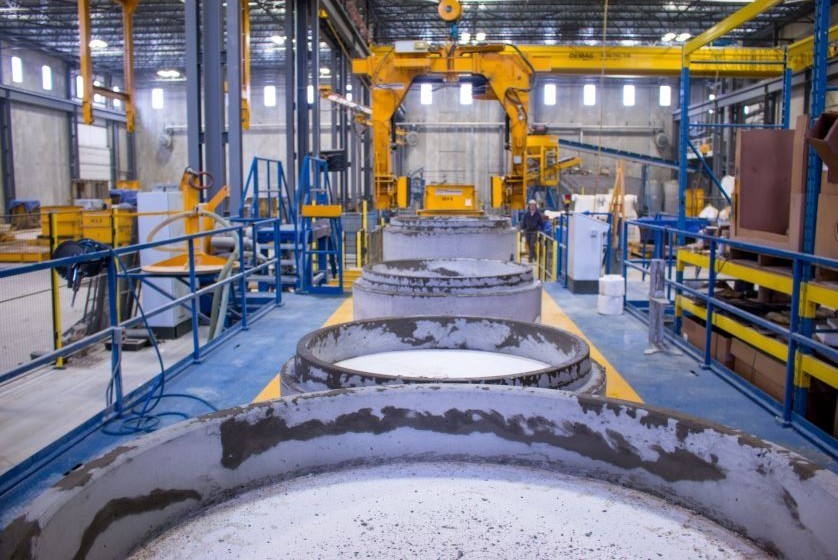
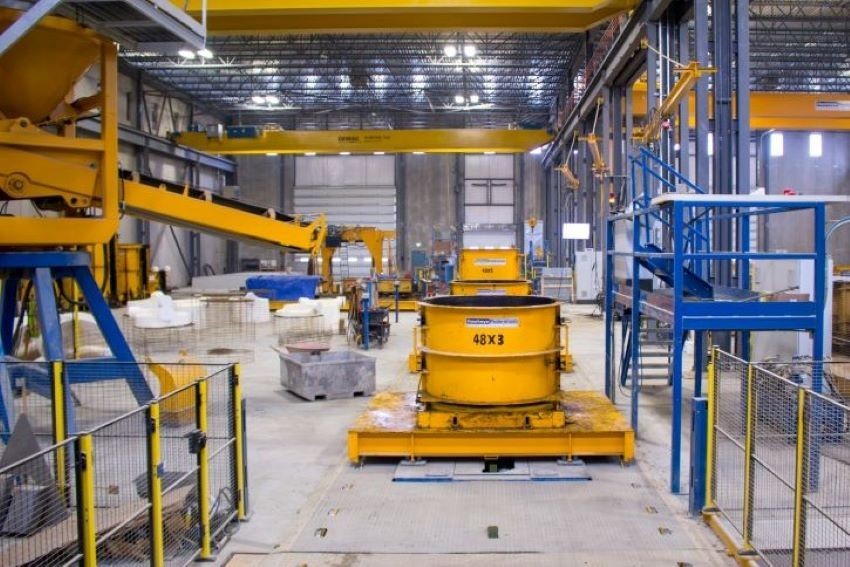
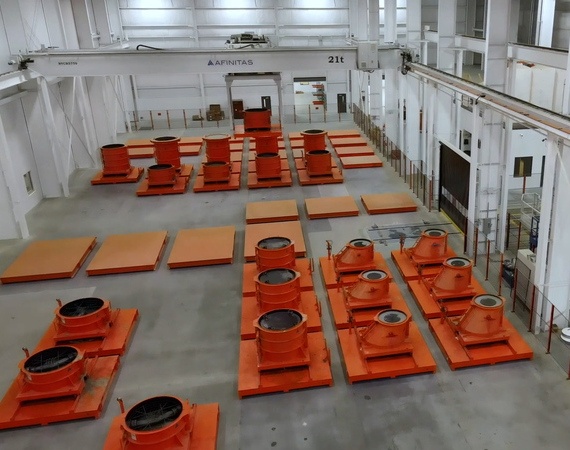
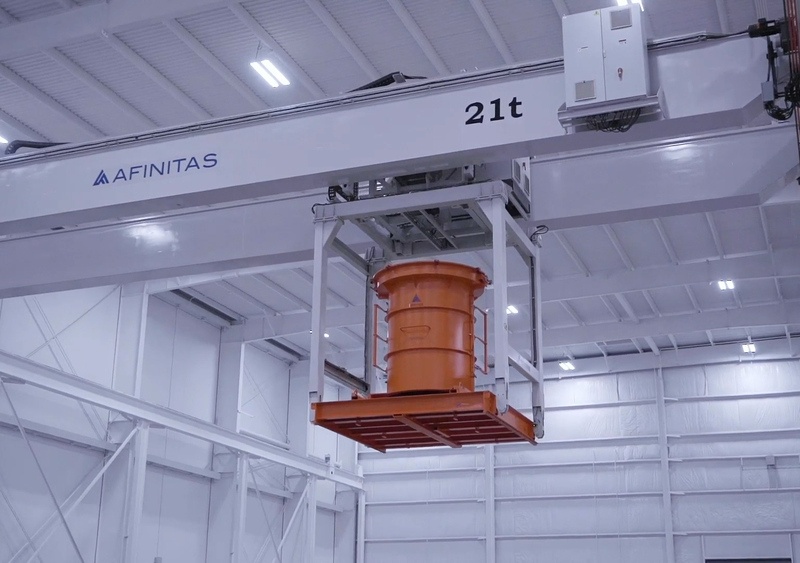
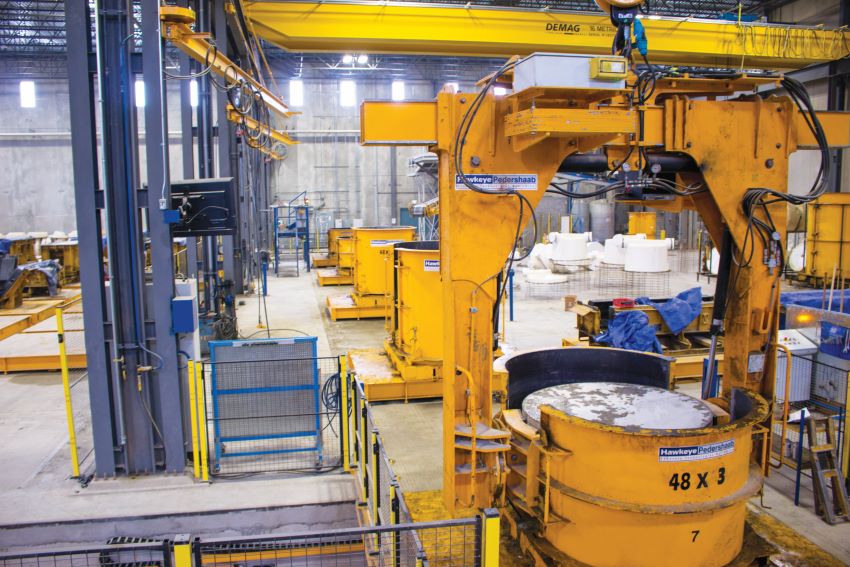

You must be logged in to post a comment.